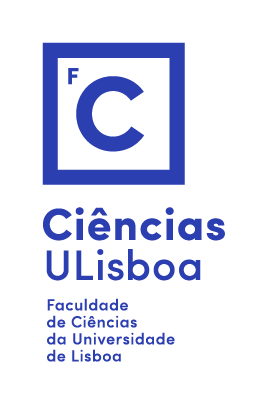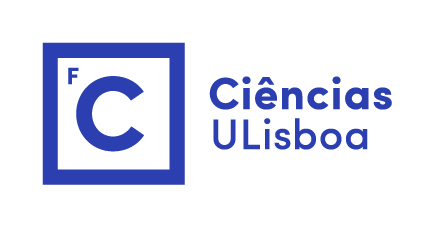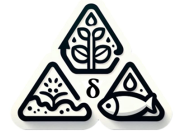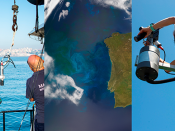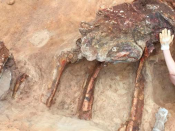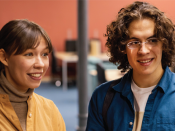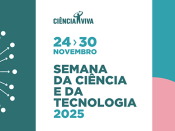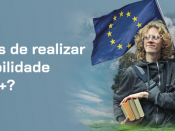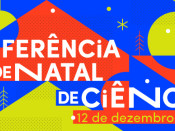Por Susete Fernandes * (i3N/CENIMAT, Department of Materials Science, NOVA School of Science and Technology, NOVA University of Lisbon, Portugal).
Cellulose can be found in plants as a bundle of nanofibrils, where elongated crystalline domains are parted from disordered regions. If one removes the disordered regions, cellulose nanocrystals (CNCs) are obtained. In the form of a stable aqueous suspension, CNCs self- assemble into a liquid crystalline (LC) phase giving rise to solid structures with tunable structural coloration [1,2]. The chemical versatility of cellulose also leads to a well-known variety of derivatives that can present LC phases. This feature also imparts distinct and exciting properties to the final product but is less exploited in producing new materials. This small overview shows the use of CNCs and cellulose derivatives derived from the LC phase in developing innovative biomimetic materials.
Tuning the colouration of CNCs films, produced from the LC phase, can be achieved with a change of counterion from the surface of the nanoparticles that mimic the striking colouration seen in some beetle. If to a CNCs LC aqueous suspension celulosic derivatives are added, the composite systems can generate structures that reflect colouration from UV to NIR wavelength [3]. If a nematic liquid crystal is added to the microgaps within the cross-section of CNCs films, a tunable left- and right-handed CPL system is achieved [4,5].
Furthermore, multi-photoresponsive surfaces with opposite wettability can be made from acetoxypropylcellulose LC phases [6]. LC phase of hydroxypropylmethylcellulose displays travelling coloured patterns with a change in the sign of the helix pitch [7]. Micrometric photonis structures can be used as solid electrolytes on field-effect transistors to generate circularly polarized light (CPL) sensors [8]. These examples open new horizons for the application of these renewable materials.
References:
- [1] Almeida et al. Adv. Mat., 30, 1703655, 2018
- [2] Fernandes et al. Curr. Opin. Solid. State Mater Sci, 23, 63, 2019
- [3] Saraiva et al. Crystals, 10, 122, 2020
- [4] Fernandes et al. Macromol. Chem. Phys., 214, 25, 2013
- [5] Fernandes et al. Adv. Mat., 29, 1603560, 2017
- [6] Fernandes et al. Cellulose, 23, 465, 2016
- [7] Silva et al. Commun. Mater. 2, 79, 2021
- [8] Grey et al., Adv Funct. Mater., 29, 1805279, 2019
* In collaboration with J. S. Rodrigues, J. M. Viana, R. Chagas, P. E. S. Silva and M. H. Godinho.
